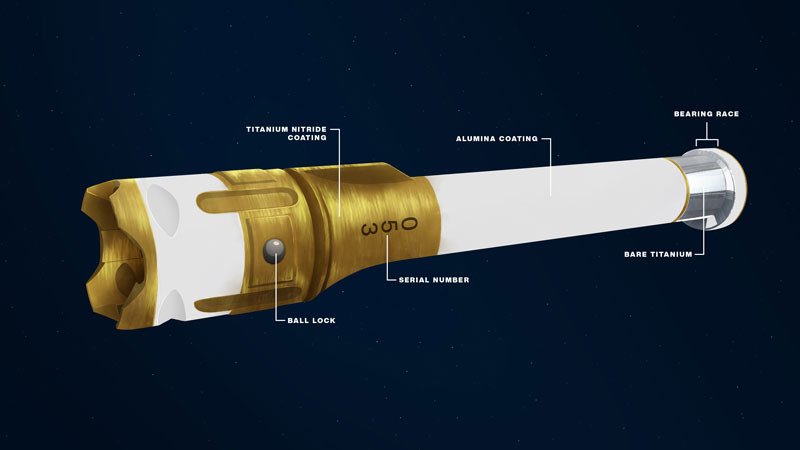
HELLO @NASAPersevere IS ONLY HOURS FROM MARS #CountdownToMars
AAAAAAAAAAHHHHHHHHHHHHHHHH (you have to scream inside your heart in space since sound doesn’t travel through vacuum)
I know we're focused on the landing and all that @NASAPersevere is hoping to accomplish, but despite our recent string of landing successes, space - and Mars - are incredibly challenging.
That being said, this is an incredible team of folks, many I had the honor of working with on @MarsCuriosity. Here are just some folks involved in getting the mission here: @ekhines @icancallubetty @DrSwatiMohan @aaronstehura @genndan100502 @steltzner @kacomeaux (missing many)
As always, we build on the shoulders of giants, some successes and some failures
The guided entry @NASAPersevere inherits from @NasaCuriosity has origins in the Apollo program
The landing engines on the descent stage are leveraged from the engines the Viking missions used to land in 1976 

And while @NASAPersevere also gets the benefits of lessons learned on @MarsCuriosity, obviously, the core of so much of the the fault tolerance is hard fought knowledge from failures of past missions.
To make it this far is an accomplishment in itself. Launching and operating a spacecraft safely from Earth to Mars is already getting 99% correct, but folks choose to work @NASAJPL for that 💯
Of course the science is a story that's been building for decades. We found evidence of water on Mars with Spirit & Opportunity. We showed that water was habitable with @NasaCuriosity.
But @NASAPersevere is not just about learning from the past, it's about paving the way for the future. It's taking those lessons and building on them.
The landing system shrinks the landing ellipse down from @MarsCuriosity, and demonstrates new landing technology that allows it to not just land in what would have been considered too risk for Curiosity, but that feeds forward to enabling more audacious future missions. 

The rover carries MOXIE, that will generate Oxygen from the Carbon Dioxide that makes up most of the Martian atmosphere, to prove technologies for future human missions that would let them breathe but also needed for propulsion if you want to refuel to get back to Earth 

It also can core sample (which we hoped to include on @MarsCuriosity) and store that sample in sealed tubes so that follow on missions (starting in 2026!) can bring that sample to Earth and to the best laboratories we have to offer 

We're carrying Ingenuity a helicopter - A FREAKING HELICOPTER ON MARS - that hopes to do for flight on Mars what Pathfinder and Sojourner did for roving on Mars in 1997.
What I want most of all for people to remember is that this is a robot built by an incredible team, thousands of people, @NASAJPL and across the world, spent years of their lives getting to this moment. For some their work doesn't even really begin for days or weeks. 

When you see the tears (and sadly not the hugging and high giving this time), understand that these folks have dedicated years of their lives to this. I love working at a place like @NASAJPL where we do these things, and I wish my friends and colleagues great things today.
• • •
Missing some Tweet in this thread? You can try to
force a refresh





